If you’re like most Americans — me included — you’re probably about to sit down to a hyper-local Thanksgiving with a heritage turkey that roamed Tennessee fields, pecans that just fell from the tree, and sweet potatoes that were purchased directly from an area farmer. So why, then, would you look to Europe for your Thanksgiving wine?
Yes, I know — this time last year, I extolled the virtues of Beaujolais nouveau, a fruity French wine. For this week’s feast, however, I plan to give thanks while celebrating the best American drinks I can afford.
It’s a no-brainer to support the winemakers of northern California, who are now in the process of assessing the long-term effects of last month’s devastating wildfires. According to the Los Angeles Times and numbers reported by the Wine Institute, an industry advocate, only 10 of 1,200 wineries in Sonoma, Napa and Mendocino were destroyed, and 90 percent of the 2017 harvest was complete when disaster struck, but the region needs a boost. Short of a vacation to Napa Valley, buying their products will help winemakers and staff return to normal. Some wineries are also pledging a percentage of sales directly to fire victims. Look for Iron Horse Vineyards 2012 Gratitude, a pinot noir and chardonnay blend — $5 from every bottle sold goes to the Redwood Empire Food Bank. The entire proceeds from bottles of Limerick Lane’s 2014 Syrah Grenache, meanwhile, go to the North Bay Fire Relief Fund.
If you’d like to experiment without breaking the bank, the Top 100 Best Buys for 2017 at Wine Enthusiast lists plenty of affordable domestic wines that will shine at your special meal. The Glenora 2015 Riesling, which hails from the Finger Lakes region, costs just $14 a bottle. Or, for the same price, you can pick up Duck Pond’s 2016 Pinot Gris, which was bottled in Oregon’s booming Williamette Valley. Three out of the very top five wines selected by Wine Enthusiast‘s critics come from these shores: The A to Z 2016 Riesling, another Oregon wine; Woodbridge by Robert Mondavi 2015 Pinot Noir, a California wine; and Columbia Crest’s 2015 Grand Estates Syrah, which comes from the Columbia Valley region of Washington State.
Wine sales aren’t permitted on Thanksgiving Day, so unless your cellar is already well-stocked, you might have to expand your horizons to drink local.
With a few cups of Kentucky bourbon and an hour or two head start, you can make a gorgeous Earl Grey-Bourbon Punch. I found the perfect recipe in the November 2016 edition of Bon Appetit. Bonus points if you use local honey and rosemary sprigs cut from a bush in your own yard.
Food & Wine has a recipe for a Hard Cider Sangria that looks deliciously festive and can easily be made with local ingredients, beginning with one of the small-batch ciders brewed by the fabulous Long Road Cider Company. Pick up a bottle at their headquarters in Barretsville or at various locations around town, including Miss Cordelia’s Grocery on Mud Island and the Madison Growler Shop inside Midtown’s Cash Saver.
That hard cider can also be combined with cognac in a Collins glass for a drink that the writers at Epicurious have coined “The Fall Spritz.” Or pair hard cider with Tennessee whiskey, simple syrup, an orange slice, and a few dashes of bitters for a drink that Maxim magazine dubbed the Fall Fashioned.
If all else fails, pick up a six-pack or growler of Memphis beer on your way to dinner. Look for Memphis Made’s Rye Felicia or Fireside Amber, Wiseacre’s Gemütlichkeit Oktoberfest Marzenbier, the High Cotton Chocolate Rye Porter (perfect for those who want to skip pecan pie), or Ghost River’s Citra Smash. Ranging from yeasty and toasty flavors to the seemingly ubiquitous pale ale, any of these have attributes that earn them a seat at the Thanksgiving table.
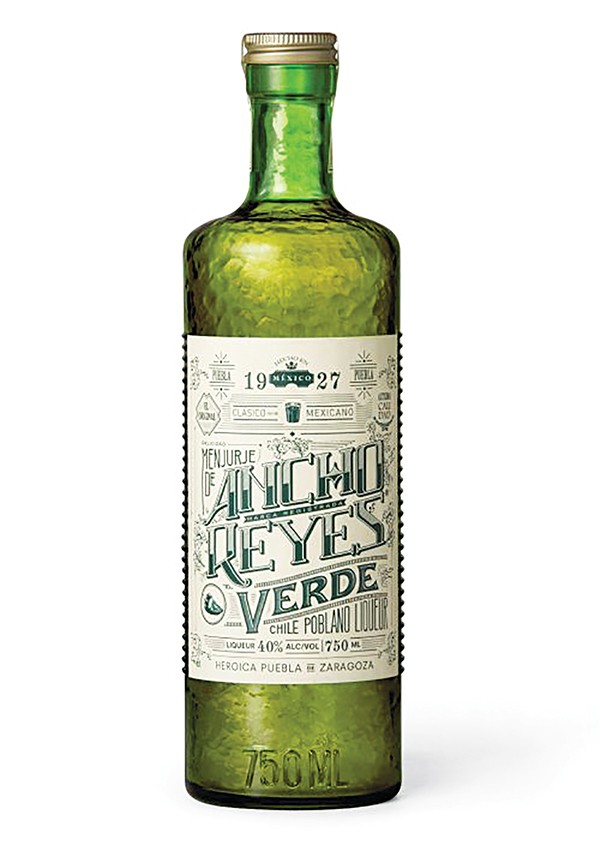

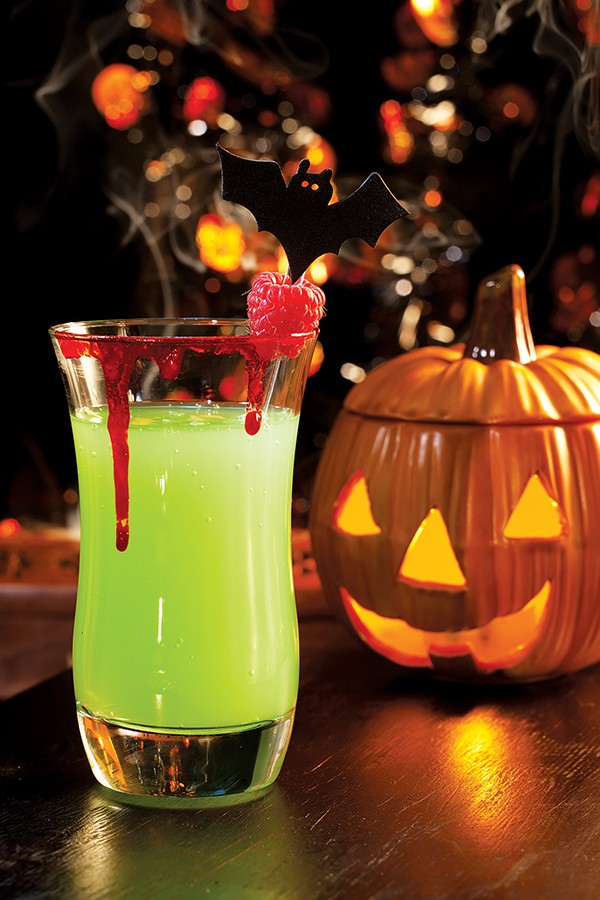 Eugene Bochkarev | Dreamstime
Eugene Bochkarev | Dreamstime 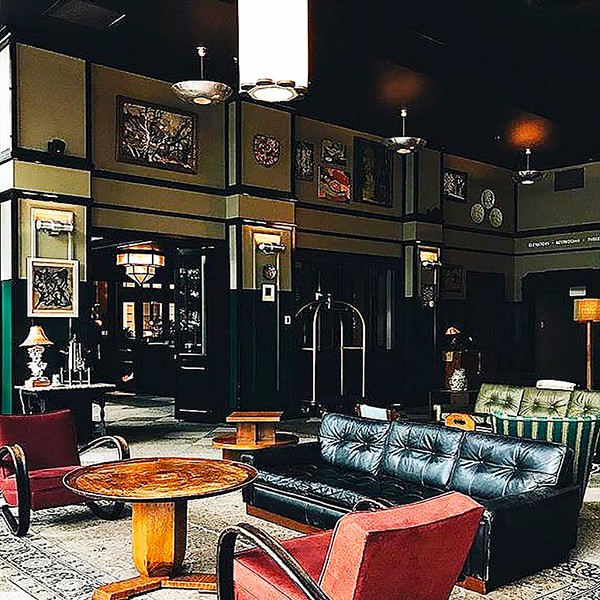
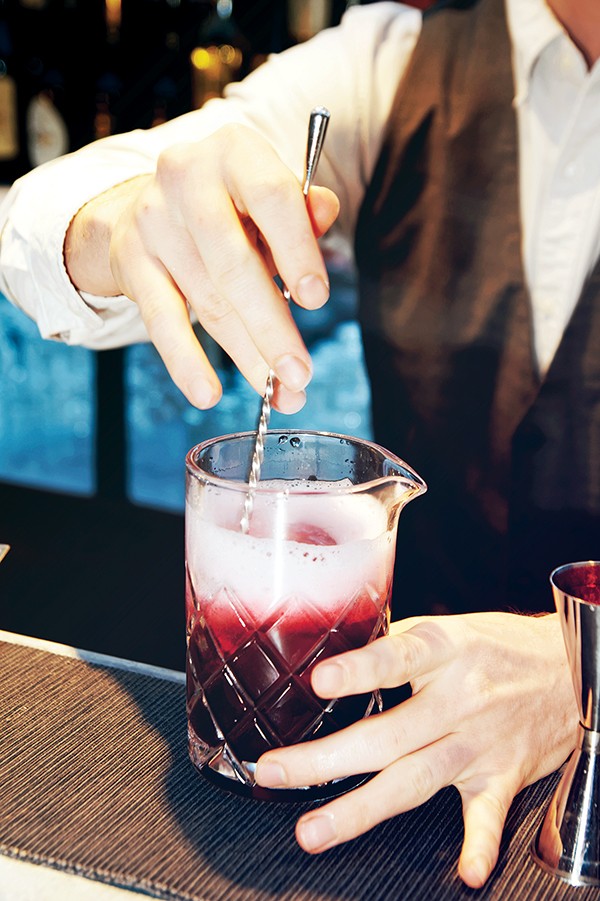 Fedor Kondratenko | Dreamstime
Fedor Kondratenko | Dreamstime 
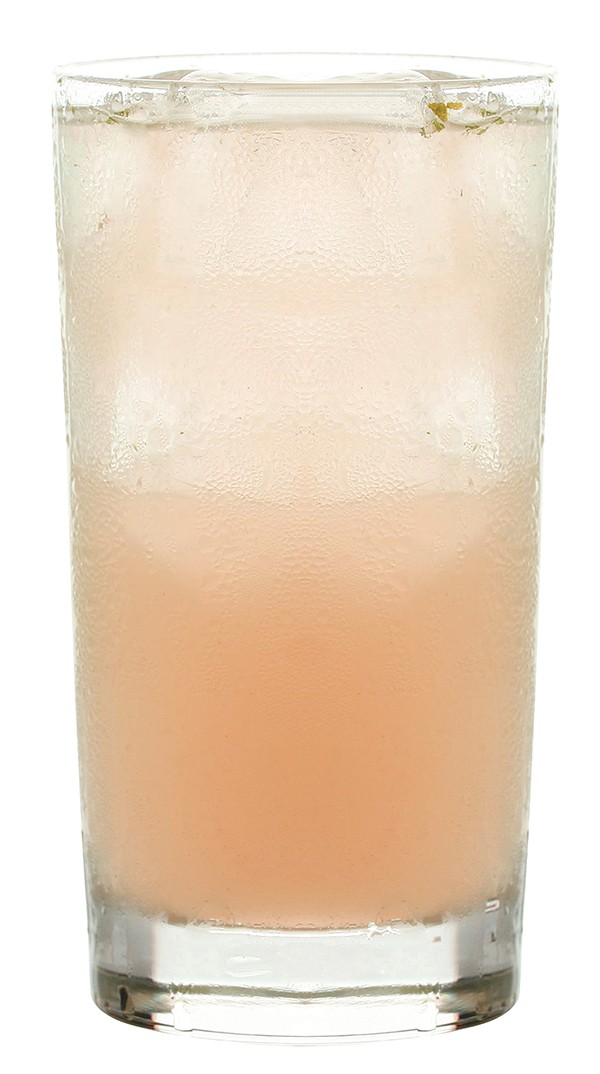 Oleg Magurenco | Dreamstime
Oleg Magurenco | Dreamstime 
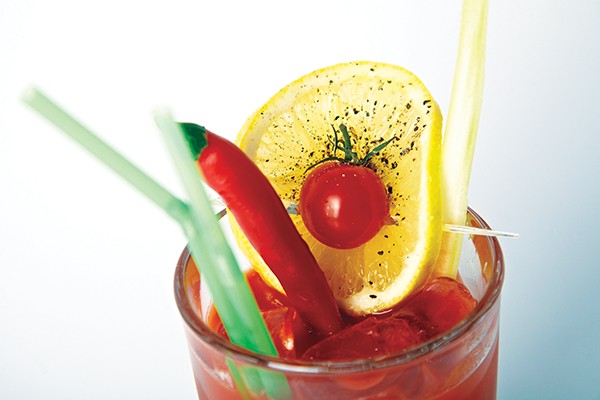 Kudryavtsev | Dreamstime
Kudryavtsev | Dreamstime